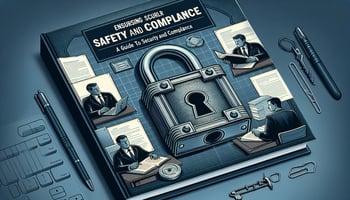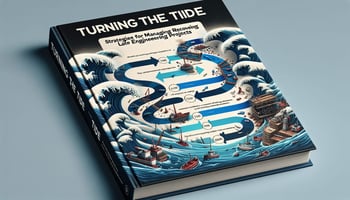Minimizing Danger: Strategies for Lowering Risk
Understanding Risk Factors
Before diving into strategies for lowering risks, it's important to understand the types of risk factors that may be involved. Broadly speaking, risks can be divided into environmental, economic, social, health, technological, and natural. Recognizing what kind of risks you are facing is critical to crafting an effective strategy to mitigate them. For example, economic risks might require different strategies than those for natural disasters.
Proactive Planning
Taking a proactive approach is one of the most effective strategies in risk management. This means anticipating potential risks and developing plans to address them before they happen. Proactive planning can be as simple as maintaining an emergency fund to safeguard against financial emergencies or as complex as developing an evacuation plan in the event of a natural disaster. Ensure that your plan is comprehensive, addressing all foreseeable risks, and is updated regularly as your situation changes or as new risks emerge.
Implementing Safety Measures
For personal safety, implementing safety measures can have a major impact on minimizing risks. This could look like installing smoke detectors and carbon monoxide alarms in your home, or wearing protective gear when engaging in potentially dangerous activities. In the workplace, safety measures could include providing proper training for handling equipment or ensuring a clean, organized work environment to prevent accidents. Adhering to safety protocols at all times is one of the top ways to minimize risk.
Regular Maintenance and Inspections
Regular maintenance and inspections of both personal and professional equipment can preemptively avoid many dangerous situations. A neglected car, for instance, could result in a breakdown or accident, while an uninspected piece of industrial equipment might fail when least expected. Scheduling regular check-ups, updates, and repairs can save not only money in the long run but can also prevent life-threatening accidents.
Education and Training
Educating yourself on the potential risks you face in your personal and professional life can go a long way toward minimizing them. This includes staying informed about the best practices in your industry or understanding the nature of local environmental dangers. Training courses, workshops, and seminars can provide valuable information on how to recognize, avoid, or manage risks effectively. Continuous learning and a commitment to education are powerful tools in risk reduction.
Investing in Insurance
Insurance is a cornerstone in risk management. Whether it's health, life, property, or liability insurance, the right coverage can protect you from financial ruin should the unexpected occur. Taking the time to understand your insurance needs and making sure you are adequately covered can give you the peace of mind that, in case of an adverse event, you won't be left without support.
Building a Strong Network
A strong support network can also play a key role in minimizing risks. This means nurturing relationships with family, friends, colleagues, and professional services that you can rely on in times of need. Moreover, community connections can provide shared resources, knowledge, and assistance during emergencies. Don't underestimate the power of community in creating safety nets that can help you manage risks more effectively.
Regularly Updating Contingency Plans
Finally, risk management is not a one-off task but a continuous process. It is important to regularly revisit and revise your risk management strategies and contingency plans. As new information becomes available, technologies evolve, or your personal circumstances change, your approaches to addressing risks should also adapt. Keep abreast of trends and changes that could impact your level of risk and adjust your plans accordingly to stay ahead of potential dangers.
By employing these strategies and maintaining a proactive, informed, and prepared mindset, individuals and organizations can significantly reduce their exposure to risk and create safer, more secure environments. Remember that minimizing danger is an ongoing commitment to vigilance and adaptation to new challenges.





